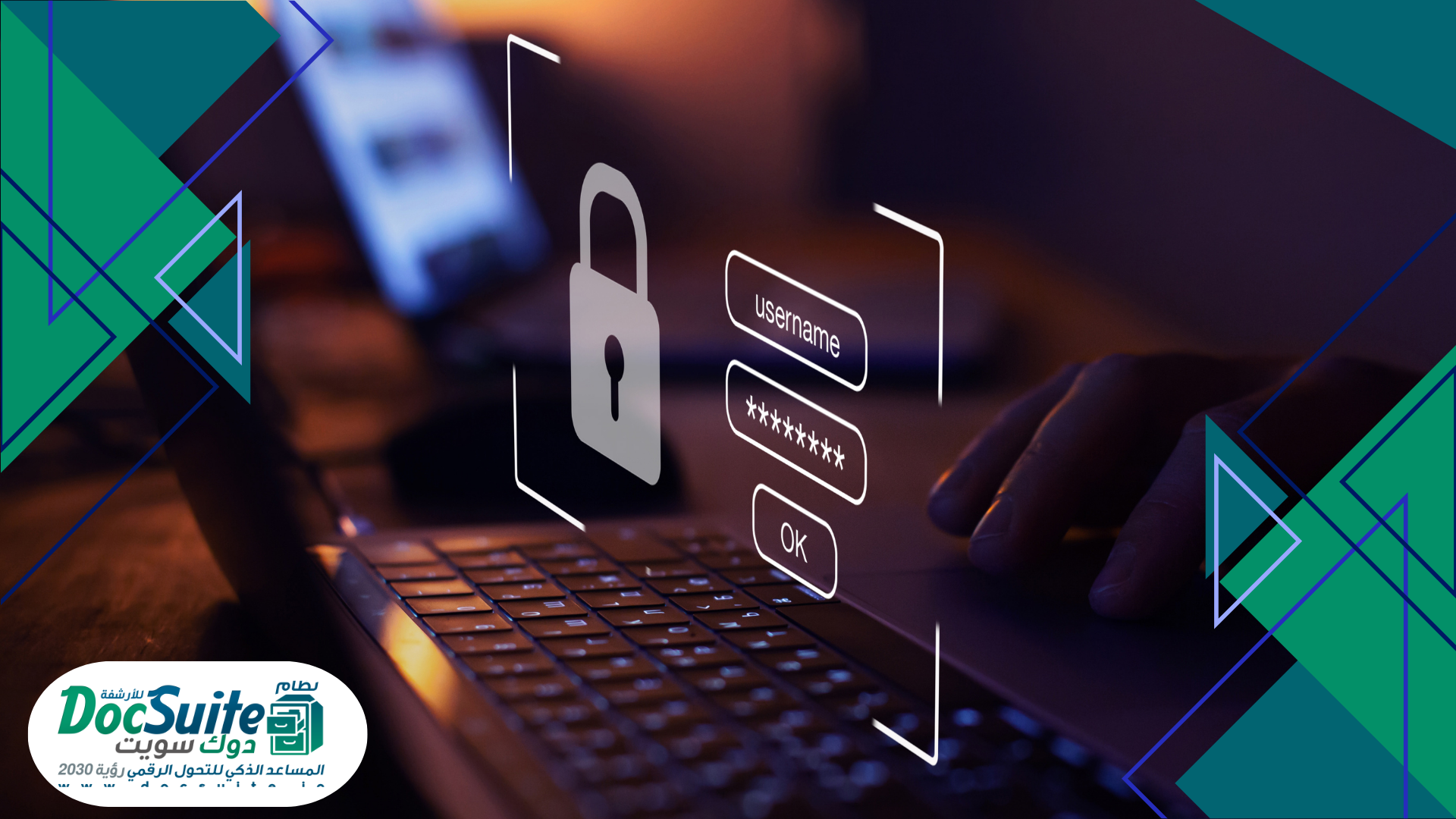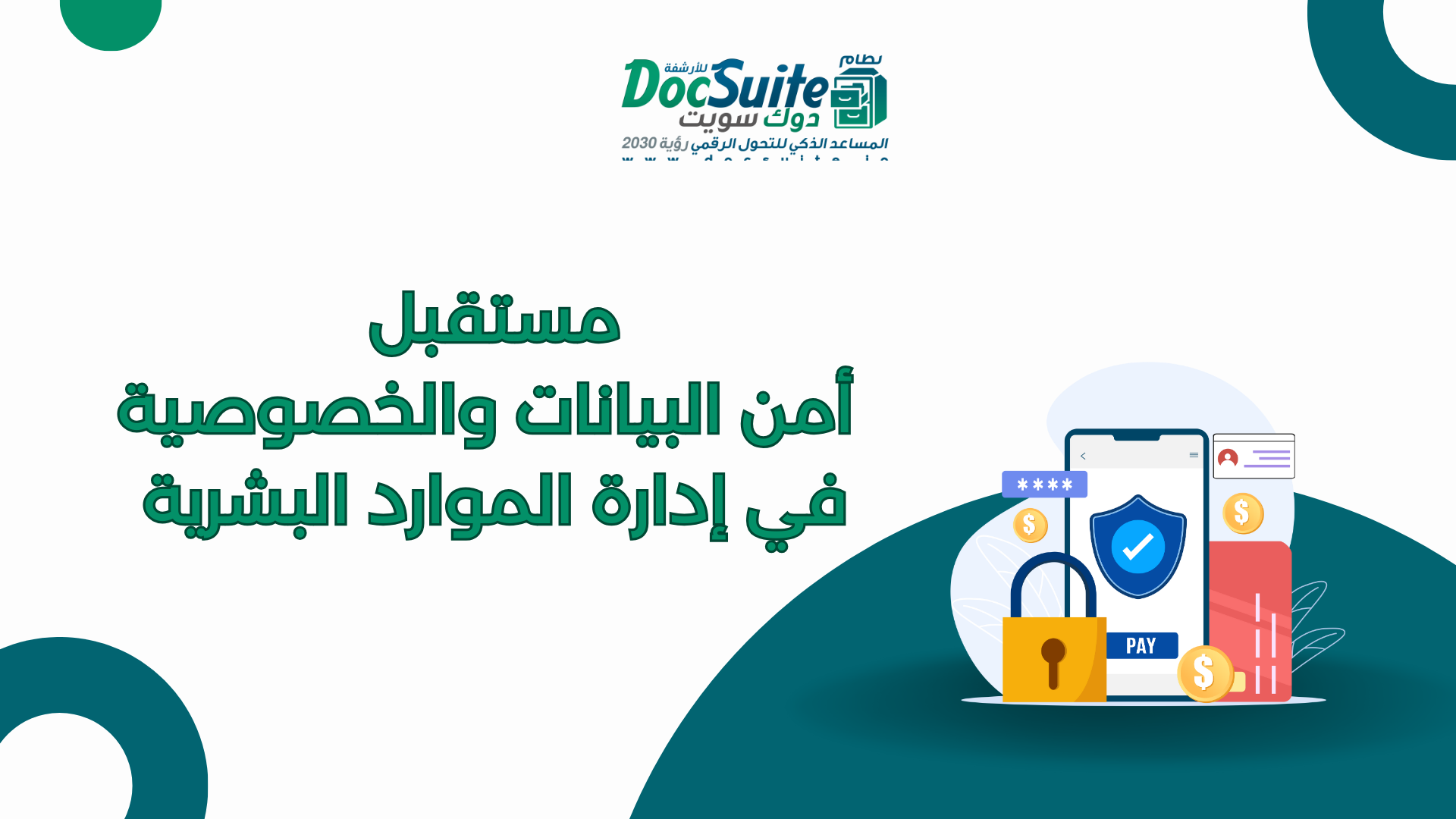In the digital age we live in today, data has become the cornerstone of human resource management operations. Employees' personal data includes sensitive information such as financial details, medical history, and performance records, which must be protected rigorously to ensure employees' privacy and information security. In this context, data security and privacy emerge as one of the biggest challenges facing human resource departments in various organizations.
The continuous threat of cyber-attacks, security breaches, and unintended leaks are among the prominent risks jeopardizing data security. Addressing these threats requires comprehensive strategies involving the use of advanced encryption techniques, strict access policies, and enhancing security awareness among employees. Additionally, human resource departments must comply with evolving regulations and laws regarding data protection, such as the General Data Protection Regulation (GDPR) in the European Union, further complicating this task.
On the other hand, modern technologies such as artificial intelligence and machine learning open up new avenues to enhance data security and improve employee privacy. These technologies can be used to analyze behavioral patterns and detect suspicious activities, enhancing organizations' ability to preemptively counter attacks. Moreover, advanced encryption techniques and secure cloud solutions can contribute to protecting data from unauthorized access.
In this article, we will address the fundamental challenges facing human resource departments in data security and privacy, in addition to reviewing a range of innovative solutions that can contribute to enhancing data protection and ensuring employee privacy. We will also discuss best practices and policies that can be adopted to mitigate risks and achieve a safe and sustainable work environment.
Challenges Facing Data Security and Privacy
In our fast-paced digital world, data security and privacy pose significant challenges for both institutions and individuals. Cyber threats continue to evolve, making the protection of personal information and sensitive data increasingly complex. Between sophisticated hacker attacks and unintended data leaks, companies find themselves in a constant race to enhance security measures. Additionally, organizations face challenges in complying with strict regulations such as the General Data Protection Regulation (GDPR), further complicating the management of data security and privacy. In this context, adopting advanced strategies and modern techniques becomes necessary to ensure data privacy and safety.
• Cyber Threats:
Cyber threats are one of the major risks facing institutions in terms of data security and privacy. These threats include a variety of electronic attacks and data breaches that can jeopardize sensitive employee information. Cybercriminals use advanced techniques and complex methods to access databases and steal personal information such as names, addresses, financial numbers, and medical records. These attacks range from phishing, which targets employees through deceptive email messages aimed at obtaining login credentials, to malware that infiltrates enterprise systems and steals or encrypts information, demanding ransom for decryption. Additionally, institutions face an increase in targeted attacks designed to penetrate specific systems or companies, exploiting vulnerabilities in the security infrastructure. Moreover, threats can also come from within, where an unsatisfied or unaware employee can unintentionally leak sensitive data or allow unauthorized access. This highlights the importance of continuous training and security awareness for employees, along with implementing strong security measures such as advanced firewalls and intrusion detection systems.
Given these increasing threats, organizations find themselves in constant need of developing comprehensive cybersecurity strategies, combining advanced technology with strict security policies, to provide effective data protection and ensure employee privacy.
• Human Errors:
Human errors are one of the primary factors that can lead to data leaks or loss. Despite technological advancements in data security and privacy, the human element remains a significant weak point. Negligence or misuse by employees can stem from a variety of reasons, ranging from lack of security awareness to time pressure and stress in the work environment. One of the most common forms of human error is using weak passwords or reusing the same password across multiple systems, making it easy for hackers to breach accounts. Additionally, failure to adhere to security policies such as regularly updating software or using data security tools can expose sensitive information to risk. On the other hand, misuse can occur when employees share sensitive data through insecure channels or store it on unprotected personal devices. This includes sending sensitive files via unencrypted email or uploading information to external storage units that can be easily lost or stolen. Even simple negligence, such as leaving a computer unattended or forgetting to log out of the system, can allow unauthorized parties to access sensitive information. Moreover, inattention while dealing with email can lead to falling into the trap of phishing emails, giving hackers direct access to internal systems.

• Compliance with Laws:
Compliance requirements like GDPR entail numerous procedures and controls that companies must implement. For instance, companies must ensure transparency in data collection and processing operations, clearly informing employees about how their data is used and for what purposes. This requires establishing clear and understandable privacy policies, along with providing mechanisms enabling employees to access, correct, or delete their data if necessary. One of the core requirements of GDPR is obtaining explicit consent from employees before collecting and processing their personal data. This consent must be clear and specific, with the option to withdraw it at any time. Additionally, companies must implement appropriate technical and organizational measures to ensure data security and privacy, such as using encryption and anonymization techniques to protect sensitive information. On the other hand, GDPR compliance may require companies to appoint a Data Protection Officer (DPO) in some cases, responsible for monitoring compliance and advising on data protection policies and procedures. Companies are also required to report any data breaches to the relevant authorities within 72 hours and notify affected individuals without unjustified delay.
• Lack of Awareness:
Lack of awareness encompasses a range of erroneous behaviors, such as opening suspicious email messages that may contain malware, sharing passwords through insecure channels, or even using personal devices to access company data without taking necessary precautions. These behaviors can lead to system breaches and leakage of sensitive data, exposing the organization to significant financial and legal risks. One of the primary reasons for lack of awareness is inadequate training and guidance. Traditional training programs often focus on technical and functional aspects of work, neglecting the critical importance of data security and privacy. Even in cases where cybersecurity training is provided, it may be insufficient or irregular, leaving employees ill-prepared to face constantly evolving threats.
Data Security and Privacy Solutions:
Amidst the growing challenges facing data security and privacy, it has become essential to adopt effective solutions to protect sensitive information. These solutions range from using advanced technologies like encryption and identity management systems to developing stringent security policies and training employees on best security practices. By combining technology with awareness, organizations can enhance their defenses against cyber threats and ensure the safety and privacy of data in a rapidly changing digital world.
Implementation of Stringent Security Policies:
DocSuite offers a comprehensive data security and privacy solution by implementing strict security policies, allowing users to define and enforce security policies easily and effectively. This solution involves specifying how data is collected, stored, and used accurately, while providing mechanisms to enforce access policies precisely and efficiently. Users can determine who can access data and organize permissions tightly, ensuring data safety and security. Advanced encryption techniques and multi-factor authentication systems enhance the security level, ensuring compliance with the highest protection and privacy standards.
Utilization of Security Technologies:
DocSuite relies on advanced data security and privacy technologies, including biometric fingerprinting, to ensure data and privacy protection. This includes using encryption techniques to secure data during transmission and storage, as well as implementing strict access control systems, where users can precisely determine who can access data and manage permissions. Moreover, DocSuite provides identity management tools to effectively manage and verify user identities. Thanks to these comprehensive technologies, users can rely on DocSuite to secure their data and ensure its safety at all times.
Regular System Testing:
Carefully choosing DocSuite is a crucial step in any organization's security strategy. Additionally, conducting regular tests on human resource management systems helps identify and address security vulnerabilities, enhancing data security and privacy for employees and the organization as a whole. As a vital part of a comprehensive security strategy, testing human resource management systems helps achieve compliance with security standards and reduce the risks of security breaches. If detected vulnerabilities are addressed effectively, a safe and reliable work environment can be achieved, enhancing trust and security for both companies and employees.
In conclusion, DocSuite emerges as a comprehensive and effective solution for human resource management for data security and privacy. By providing advanced security technologies such as encryption and identity and access management, organizations can rely on DocSuite to protect their employees' data and ensure its safety. Furthermore, focusing on regularly testing human resource management systems helps identify and address security vulnerabilities effectively, enhancing the level of trust and security for both companies and employees alike. By choosing DocSuite, organizations invest in an integrated solution that contributes to enhancing compliance with security laws and regulations, reducing the risks of security breaches and data leaks. Understanding the importance of data protection and privacy in our digital age is an essential part of any organization's success strategy, and DocSuite provides the necessary tools and technologies to achieve this goal successfully.
